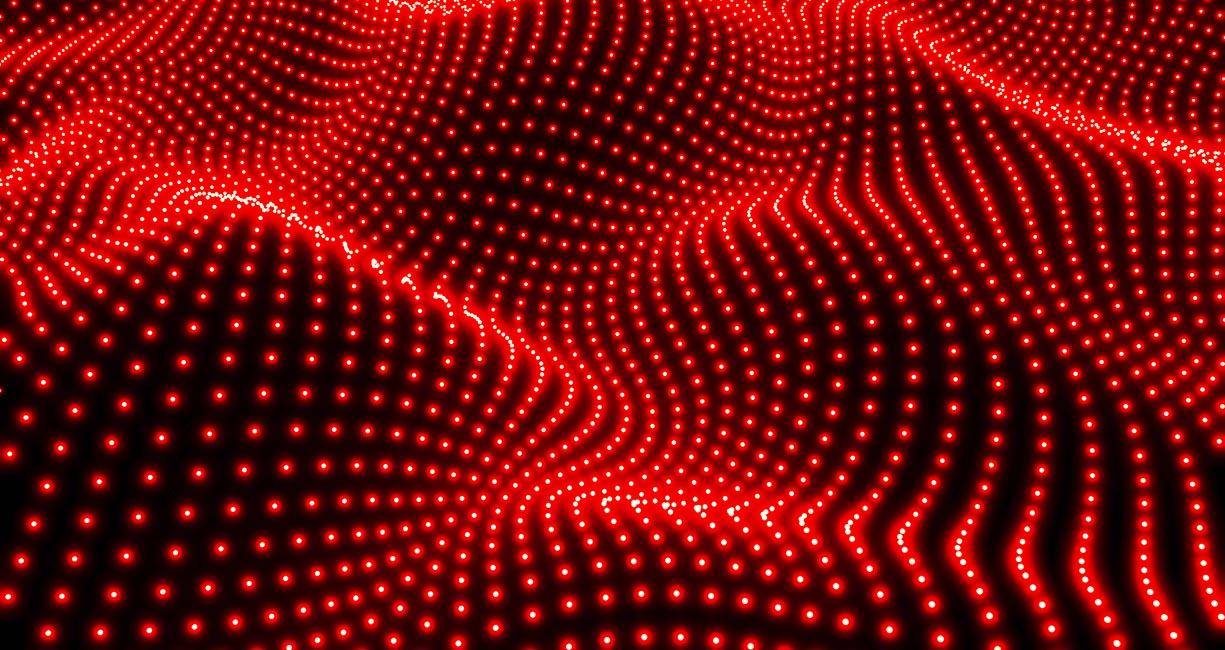What is Red Light Therapy?
How Does Red Light Therapy Work?
The Scientific Advantages of Red Light Treatment
More than a thousand peer-reviewed trials and studies on various forms of light treatment — also known as low-level laser
therapy or photobiomodulation — have been carried out by researchers. Numerous encouraging findings have been found in the
investigation. It’s a valid and popular health intervention that enhances your appearance, performance, and overall
well-being.
Over the past few decades, NASA has actually investigated light therapy for use in space, studying it in the late
1980s and early 1990s. Red and near-infrared light therapies are generally accepted in the clinical community to be
non-invasive, secure, and useful for a variety of purposes.
Much like water, sleep, and nourishment are necessary for human health and cellular function, so is light. The human
body needs a lot of natural sunshine to function properly. In actuality, most people spend more than 90% of their time
indoors, meaning they do not receive nearly enough sunlight. We offer the best, medical-grade gadgets available. All you
have to do is recline on the massage table in our private room beneath the red light panels. The light is absorbed by
your body and cells. Additionally, our equipment is entirely non-invasive and does not use ultraviolet (UV) radiation.

Benefits
• Eases stiffness and discomfort in the joints
• Lessens muscle spasms, and improves blood flow
Reduces Inflammation
• Mitigates symptoms related to autoimmune illnesses, spinal cord injuries, and traumatic brain traumas
• Soothes tight muscles, joint pain, and arthritis
Enhances Circulation
• Protects red blood cells and platelets
• Widens blood arteries for improved flow
Enhances Mood
• Infrared light exposure causes a chemical shift in the brain that releases endorphins, which improve mood and reduce
anxiety
• Improves REM sleep – ideal sleep patterns are made possible by helping to reset your circadian clock, which enhances
the quality of your sleep
Shortens Recovery Time
• Promotes muscle repair
• Activates stem cells and mitochondria for quick recovery
Strengthens Hair and Enhances Cellular Health and Collagen Growth
• Stimulates the creation of collagen for skin renewal
• Supports integrity of connective tissues
Q & A
It’s vital to exercise patience as benefits may not be noticeable right away and often take a month to appear. To track
your progress over time, don’t forget to snap a “before” photo as soon as you start treatments. Evidence of improvement
may be shown at widely differing periods, depending on the surface area being treated. Individuals may also react
differently to certain red-light therapies, which makes it much harder to predict when improvement will be apparent.
This is especially true when lifestyle choices like smoking, eating poorly, drinking too much alcohol, exercising
infrequently, and other associated issues are involved. But generally speaking with consistent use you should see
results in a couple of weeks.
This isn’t the best situation. It is important to expose the desired area of skin to light completely, as certain
materials may hinder or prevent the treatment’s effectiveness from being administered. Wear nothing on the treatment
area to get the greatest possible results.
No, a RLT session will not cause you to get a tan. Unlike sunbathing, which damages skin with UVA and UVB rays, RLT uses
red light and near infrared light to repair skin. It doesn’t change the skin’s pigmentation or melanin cells.
For optimal effects, skin should be clean and clear of moisturizers, creams, and lotions before undergoing RLT. This
will allow the light to penetrate the skin evenly.
The quick answer, as far as current science is concerned, is no. Ionizing radiation from UVA/UVB light, which is
produced by sun exposure and tanning beds, has been related to cancer. Non-ionizing radiation, which has a very wide
wavelength and cannot damage cellular DNA, is used in red light treatment. Red light therapy has been shown to stop
cancer cells from growing or spreading, even in cases where the disease already exists.
The main issues that have been raised by reports are that some red-light therapy patients had mild skin burning if the device was
held too close to the skin’s surface for an extended period of time, or moderate eye irritation if protective goggles
were not worn during treatment. Additional concerns have surfaced that might arise if patients using RLT are using
specific prescription pharmaceuticals, such as antibiotics, antimalarial drugs, antidepressants, tranquilizers,
sulfa-drugs, steroids, Digoxin, or other medications that are known to promote light sensitivity. If you take any kind
of medicine, make sure to always check with your doctor before starting red-light therapy to avoid any issues of this
nature.
Not directly, and as we all know, there is currently no treatment for cellulite. However, as RLT helps to tighten the
dermis and increase collagen synthesis, the toning of the skin may start to lessen the appearance of cellulite, dimples,
and “orange peel” skin textures with consistent use.


